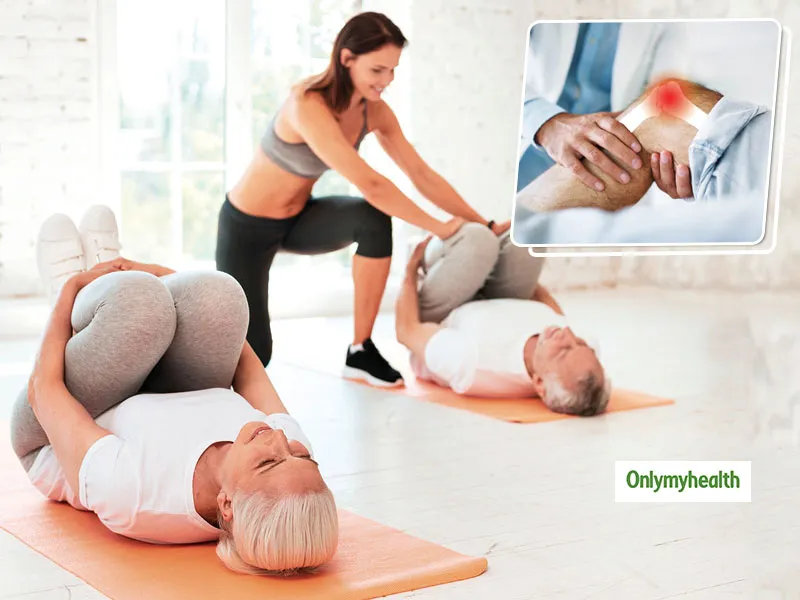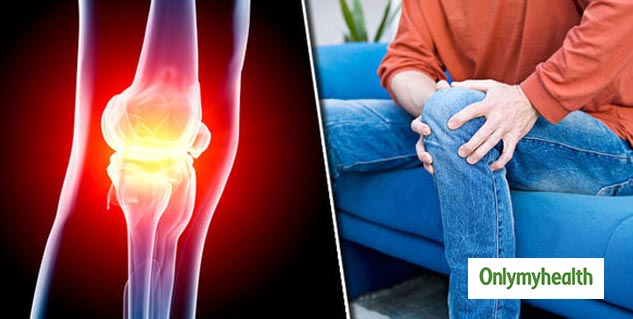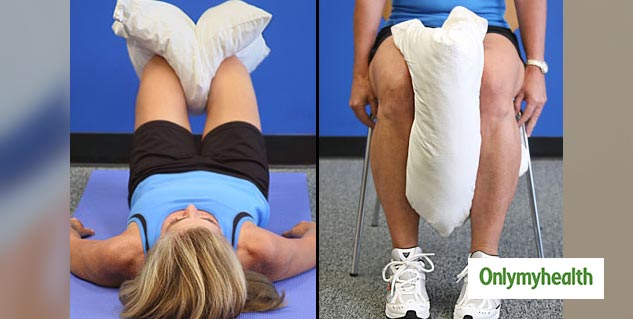
As we age, our joints can start to feel stiff, sore, or less mobile. But the good news is that regular, low-impact exercise can do wonders for joint health. From helping to reduce pain and maintain flexibility to improving overall quality of life, the benefits go far and beyond. Whether you're new to fitness or simply looking for gentle ways to stay active, these exercises are perfect for supporting joint health in older adults.
Table of Content:-
Exercises To Improve Joint Health In Older Adults
If you wish to improve your joing health after hitting your 40s, try these exercises as shared by our expert Kapil Dave, Director of Sports, Sharda University - Noida:
1. Walking – The Simple Superpower
Why it helps: Walking is one of the most accessible and effective ways to support joint health. It improves circulation, strengthens muscles around the joints, and promotes flexibility without putting too much strain on your body.
How to do it: Aim for at least 20 to 30 minutes of walking each day. You can break it up into shorter intervals if needed. Choose even terrain and wear supportive shoes to protect your knees, hips, and ankles.
Tip: If outdoor walking isn’t an option, mall walking or treadmill walking are great alternatives.

Also Read: Tired of Sciatica Pain? Expert Shares Treatments That Can Bring Real Relief
2. Seated Leg Extensions – Gentle Knee Strengthener
Why it helps: Strengthening the muscles around your knees can reduce stress on the joints and improve stability.
How to do it:
Sit in a sturdy chair with your back straight.
Slowly extend one leg out in front of you until it’s straight.
Hold for a few seconds, then lower it back down.
Repeat 10 to 15 times per leg for two to three sets.
Tip: Add light ankle weights for more resistance as you get stronger.
3. Water Aerobics – Low-Impact, High Benefit
Why it helps: Exercising in water reduces pressure on the joints while still providing resistance to strengthen muscles and improve flexibility.
How to do it: Join a local water aerobics class or simply walk laps in a shallow pool. Focus on movements like leg lifts, arm circles, and gentle kicks.
Tip: Look for warm water pools, as heat can help soothe joint stiffness.

Also Read: Irritated With Frequent Brain Fog? Expert Explains When It Can Get Concerning
4. Cat-Cow Stretch – Spinal Mobility and Posture
Why it helps: This gentle yoga-inspired stretch increases flexibility in the spine and helps loosen up stiff back and neck joints.
How to do it:
Get on all fours with hands under shoulders and knees under hips.
Inhale, arch your back gently and lift your head (Cow Pose).
Exhale, round your back and tuck your chin (Cat Pose).
Repeat slowly 10 to 15 times.
Tip: If getting on the floor is difficult, this stretch can also be modified in a seated position.
5. Ankle Circles – Keep Your Steps Steady
Why it helps: Ankle flexibility is key for balance and mobility, especially in older adults. These simple movements help reduce stiffness and improve circulation.
How to do it:
Sit or lie down with your leg extended.
Gently rotate your foot clockwise in circles 10 times.
Switch direction and repeat.
Perform two to three sets per ankle.
Tip: Do these while watching TV or before bed as a relaxing mobility boost.
6. Wall Push-Ups – Upper Body Support Without Stress
Why it helps: Wall push-ups strengthen the arms, shoulders, and chest—all of which support joint stability and improve everyday functions like lifting or carrying.
How to do it:
Stand facing a wall, about an arm’s length away.
Place your palms flat against the wall at shoulder height.
Bend your elbows and lean toward the wall, then push back to the start.
Do 10 to 15 repetitions for two to three sets.
Tip: Keep your body in a straight line and engage your core for extra benefit.
Bottomline
Keeping joints healthy doesn’t require strenuous workouts or fancy equipment. These easy exercises, when done consistently, can help reduce stiffness, prevent injury, and boost overall mobility. Remember to always listen to your body and consult with your healthcare provider before starting a new exercise routine, especially if you have arthritis or other joint-related conditions.
Also watch this video
How we keep this article up to date:
We work with experts and keep a close eye on the latest in health and wellness. Whenever there is a new research or helpful information, we update our articles with accurate and useful advice.
Current Version
